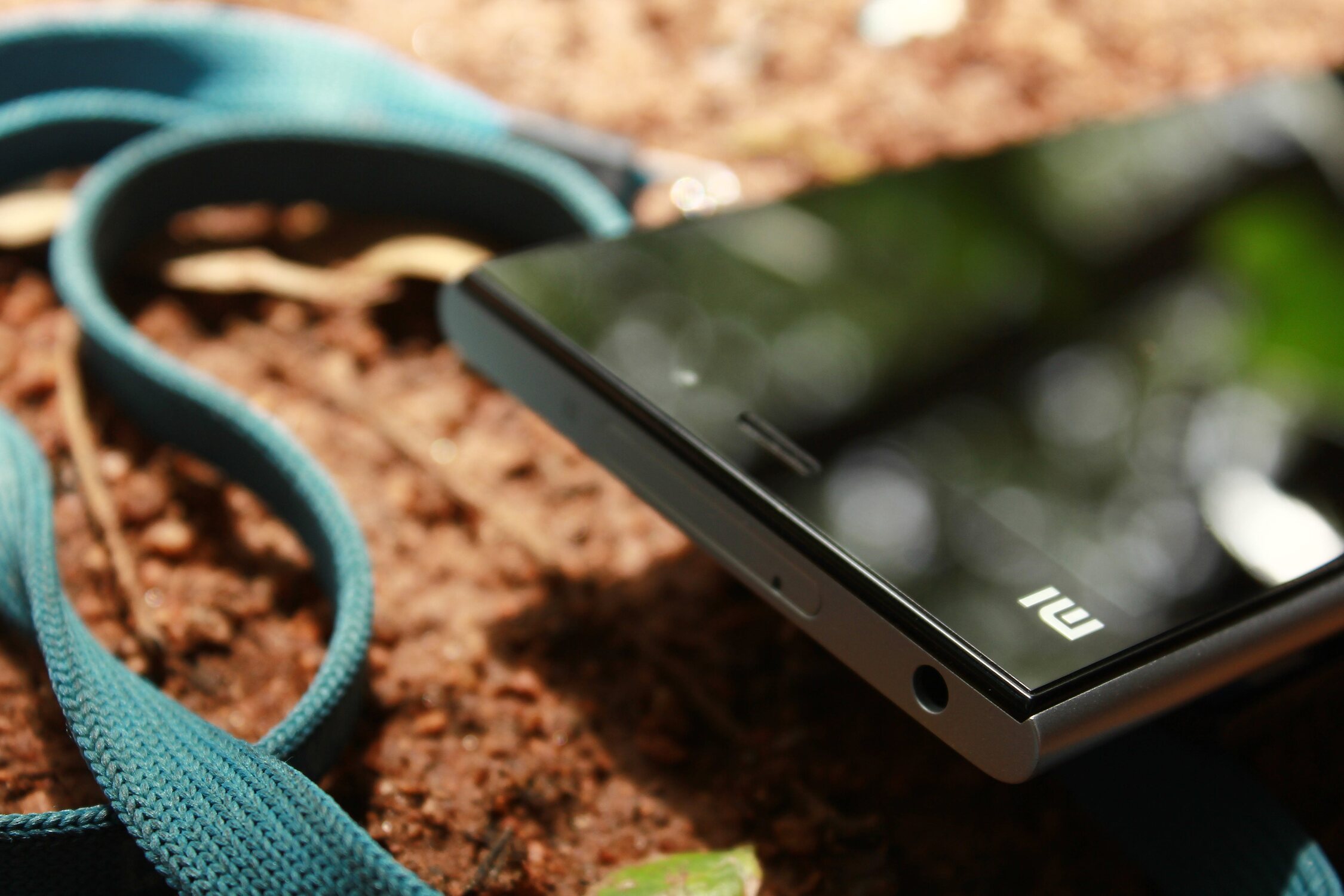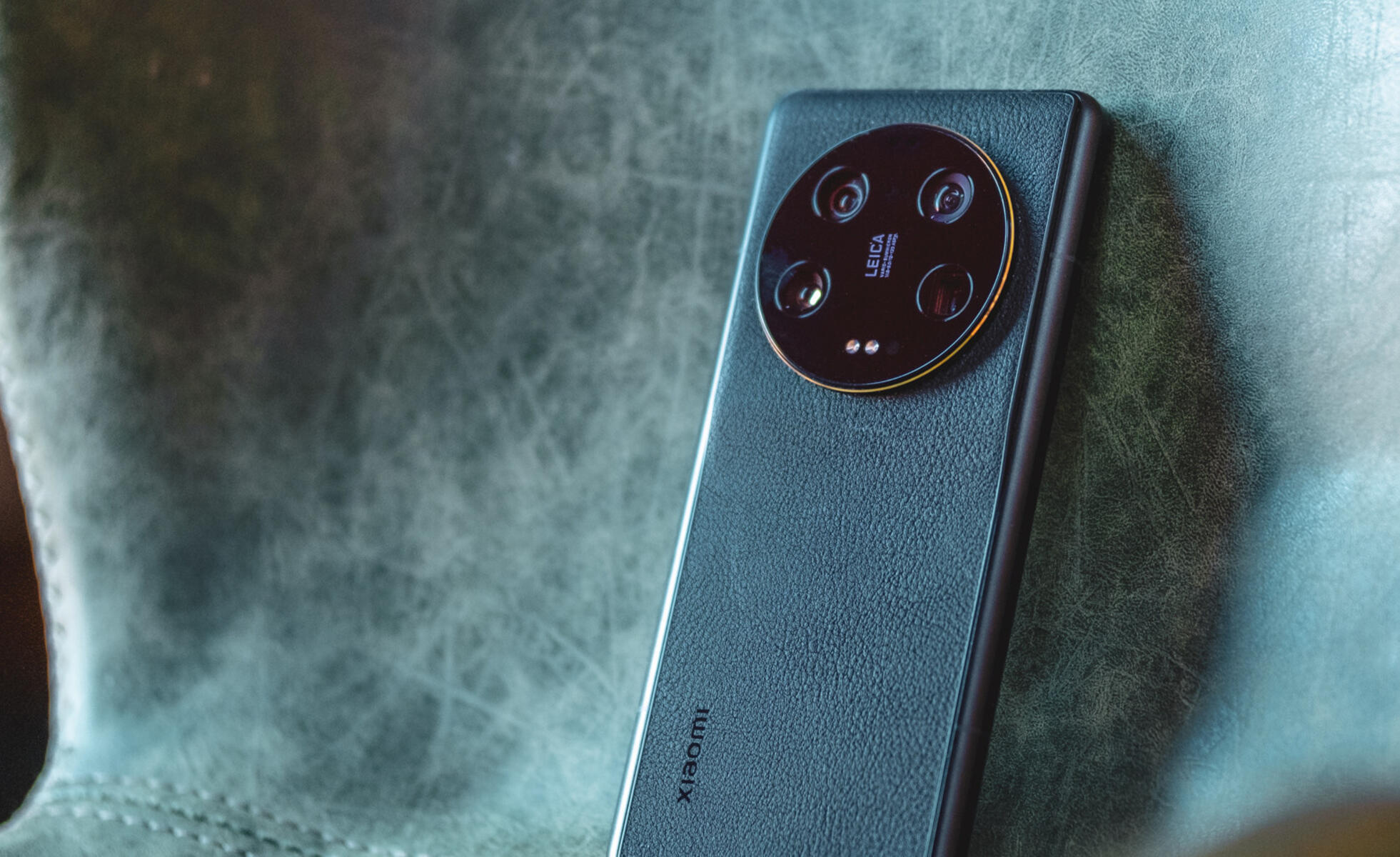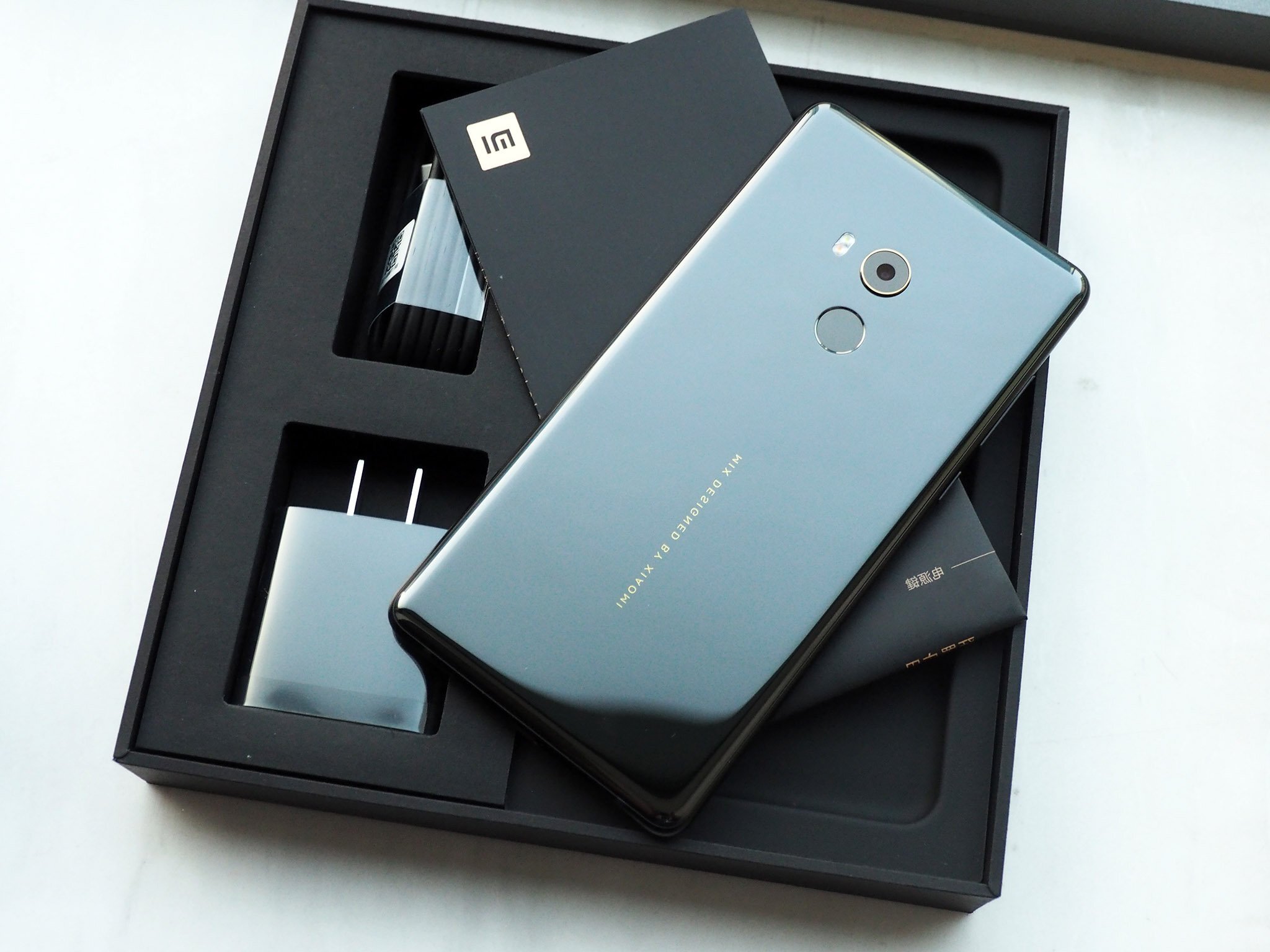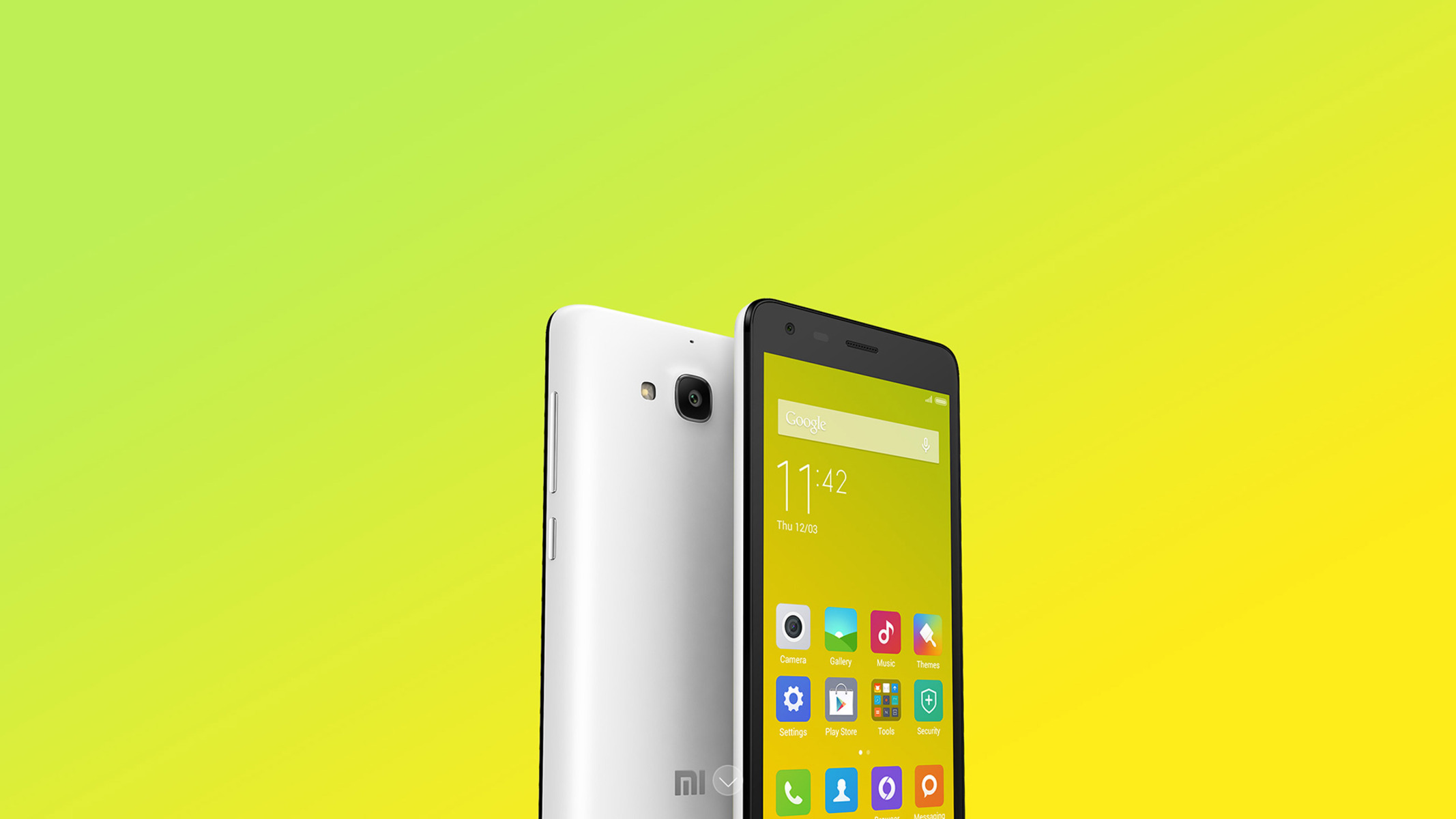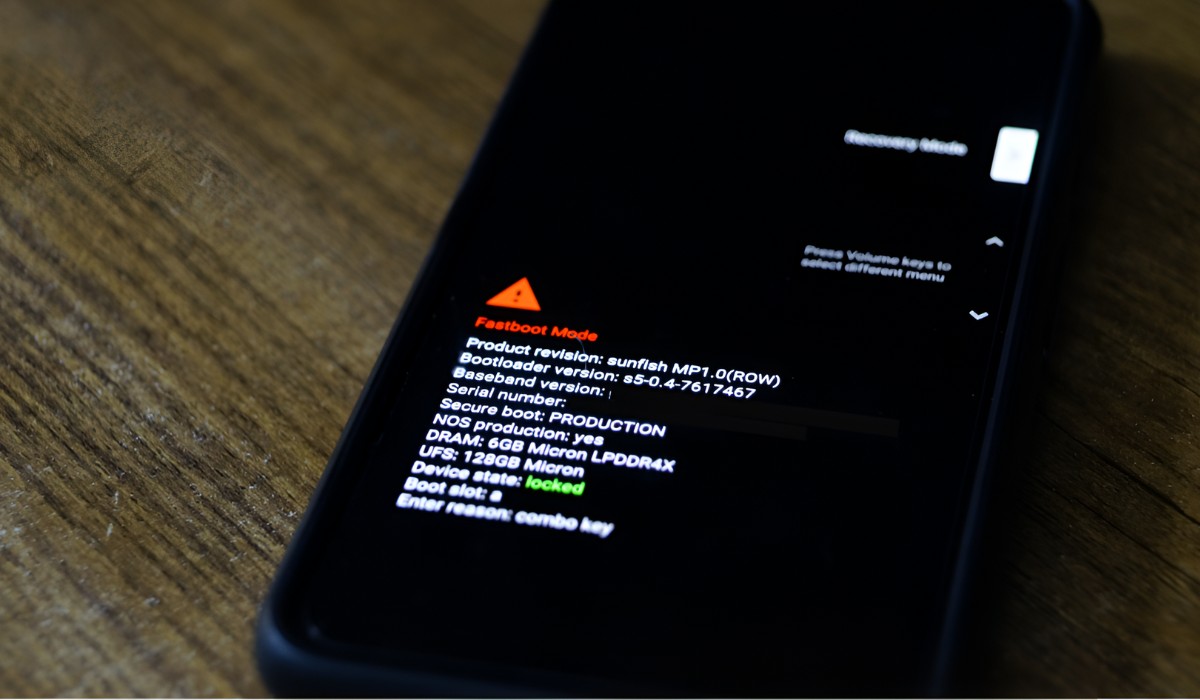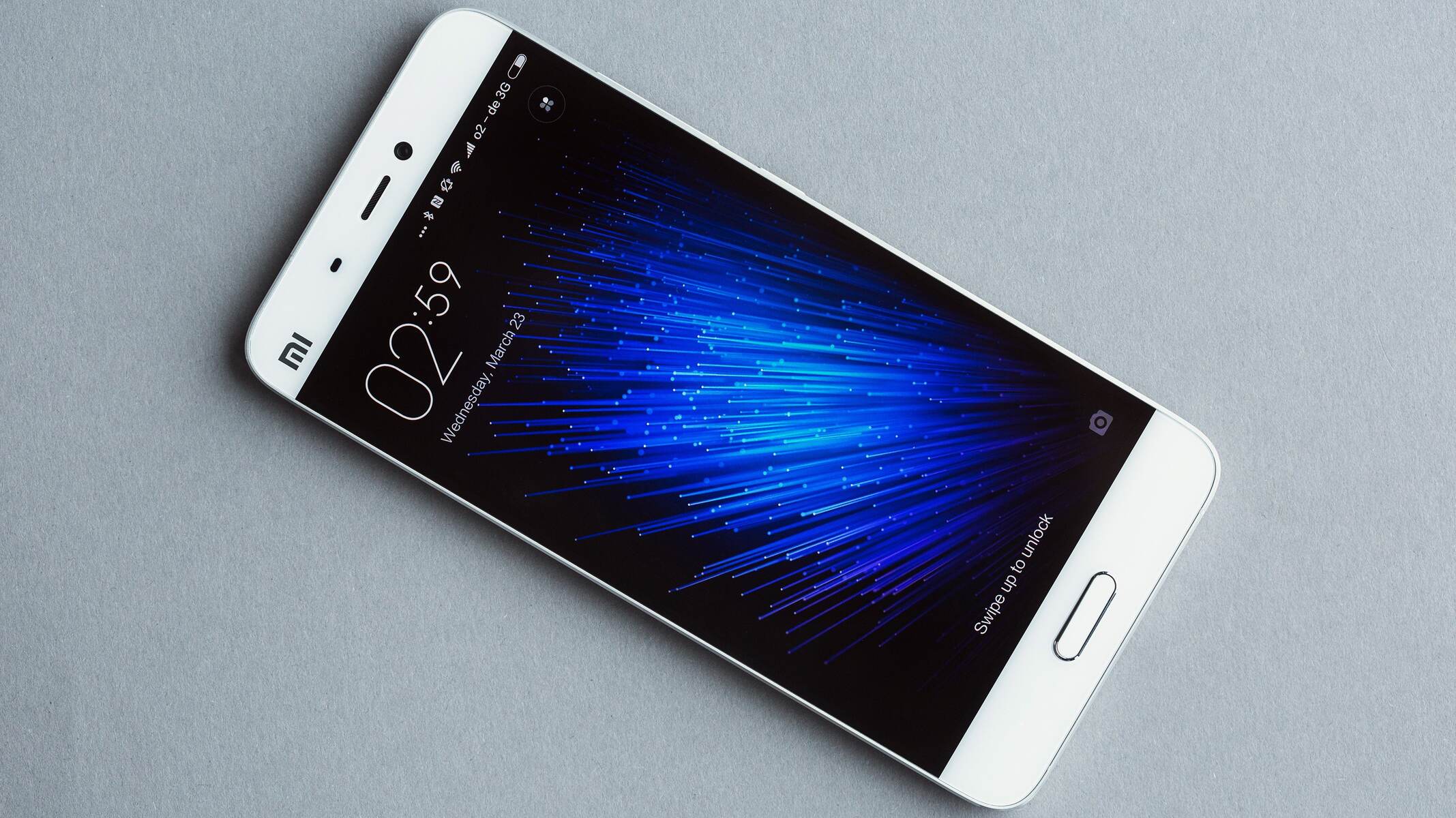Introduction
Mobile devices have become an integral part of our daily lives, serving as our go-to tools for communication, entertainment, productivity, and much more. With the rapid advancements in technology, users often seek ways to customize and optimize their devices to suit their unique preferences. One popular method of achieving this is by installing custom ROMs, such as CyanogenMod, which offer enhanced features and performance compared to stock operating systems.
In this comprehensive guide, we will delve into the process of installing CyanogenMod on the Xiaomi Mi3 using the Fastboot method. This method provides a reliable and efficient way to replace the stock ROM with CyanogenMod, unlocking a world of customization and improved functionality for users.
By following the step-by-step instructions outlined in this guide, Xiaomi Mi3 users can elevate their device's capabilities and experience the numerous benefits that CyanogenMod has to offer. From enhanced customization options to improved performance and security features, CyanogenMod presents a compelling alternative to the stock operating system.
Throughout this guide, we will cover the essential prerequisites, the process of unlocking the bootloader, installing TWRP recovery, and flashing CyanogenMod using the Fastboot method. Each step is crucial in ensuring a successful installation and a seamless transition to the CyanogenMod environment.
As we embark on this journey to unlock the full potential of the Xiaomi Mi3, it's important to approach each step with patience and attention to detail. With the right tools and a clear understanding of the process, users can confidently embark on this transformative experience, ultimately reaping the rewards of a customized and optimized mobile device.
Now, let's dive into the prerequisites and essential preparations required to embark on this exciting installation journey.
Prerequisites
Before embarking on the installation of CyanogenMod using the Fastboot method, it is crucial to ensure that all necessary prerequisites are in place. This preliminary stage sets the foundation for a smooth and successful installation process, minimizing the risk of potential complications and ensuring a seamless transition to the custom ROM environment.
1. Backup Data
Prior to initiating any modifications to the device's operating system, it is imperative to create a comprehensive backup of all essential data. This includes personal files, contacts, messages, and any other data stored on the device. While the installation process is designed to preserve user data, unforeseen circumstances can arise, leading to data loss. Therefore, creating a backup serves as a safeguard, providing peace of mind throughout the installation process.
2. Ensure Sufficient Battery Level
Maintaining a sufficient battery level is essential to prevent any interruptions during the installation process. It is recommended to ensure that the Xiaomi Mi3 has a minimum of 50% battery charge before initiating the installation. Alternatively, connecting the device to a power source throughout the installation process can provide a continuous power supply, mitigating the risk of unexpected shutdowns.
3. Enable USB Debugging
Enabling USB debugging on the Xiaomi Mi3 is a critical step in establishing a stable connection between the device and the computer during the installation process. This setting allows for the seamless transfer of data and commands between the device and the computer, facilitating the installation of CyanogenMod using the Fastboot method.
4. Install ADB and Fastboot Drivers
To facilitate the communication between the computer and the Xiaomi Mi3, it is essential to have the ADB (Android Debug Bridge) and Fastboot drivers installed on the computer. These drivers enable the execution of commands and the transfer of files between the computer and the device, forming the backbone of the installation process.
5. Download Necessary Files
Gathering the necessary files, including the CyanogenMod ROM for the Xiaomi Mi3, the appropriate TWRP recovery image, and any additional required files, is a crucial prerequisite. Ensuring that the correct files are downloaded and readily accessible streamlines the installation process, allowing for a seamless transition to the custom ROM environment.
By diligently addressing these prerequisites, Xiaomi Mi3 users can lay a solid foundation for the installation of CyanogenMod using the Fastboot method, setting the stage for a successful and transformative experience with the custom ROM.
Downloading the necessary files
Before proceeding with the installation of CyanogenMod using the Fastboot method, it is imperative to acquire the essential files that will facilitate the seamless transition to the custom ROM environment. This crucial step involves obtaining the CyanogenMod ROM specifically designed for the Xiaomi Mi3, the appropriate TWRP (Team Win Recovery Project) recovery image, and any additional files required to support the installation process.
CyanogenMod ROM for Xiaomi Mi3
The first and foremost file to acquire is the CyanogenMod ROM tailored for the Xiaomi Mi3. This custom ROM offers a myriad of features and optimizations, providing users with enhanced customization options, improved performance, and a streamlined user experience. It is essential to ensure that the CyanogenMod ROM version is compatible with the Xiaomi Mi3 model to guarantee a seamless installation process and optimal functionality.
TWRP Recovery Image
In addition to the CyanogenMod ROM, obtaining the appropriate TWRP recovery image is paramount. TWRP, a custom recovery environment, serves as a pivotal tool in the installation process, allowing users to create backups, flash custom ROMs, and perform various system-level operations. The TWRP recovery image designed for the Xiaomi Mi3 model is essential for initiating the installation of CyanogenMod using the Fastboot method, providing a secure and reliable platform for the transition to the custom ROM environment.
Additional Required Files
Depending on the specific installation requirements and any supplementary modifications planned for the Xiaomi Mi3, it may be necessary to acquire additional files to support the installation process. These files could include custom kernels, firmware updates, or any specific dependencies essential for a successful installation. Ensuring that all required files are obtained and readily accessible streamlines the installation process, minimizing the risk of potential complications and ensuring a smooth transition to the custom ROM environment.
By meticulously obtaining the necessary files, Xiaomi Mi3 users can lay the groundwork for a successful installation of CyanogenMod using the Fastboot method. This proactive approach sets the stage for a seamless transition to the custom ROM environment, unlocking a world of customization and enhanced functionality for the Xiaomi Mi3. With the essential files in hand, users can confidently proceed to the subsequent steps of the installation process, ultimately elevating their device's capabilities and user experience.
Unlocking the bootloader
Unlocking the bootloader is a pivotal step in preparing the Xiaomi Mi3 for the installation of CyanogenMod using the Fastboot method. The bootloader, a fundamental component of the device's firmware, serves as the initial point of entry into the operating system. By unlocking the bootloader, users gain the ability to install custom ROMs and modify the device's firmware, opening the door to a world of customization and enhanced functionality.
To initiate the bootloader unlocking process, it is essential to first enable Developer Options on the Xiaomi Mi3. This can be achieved by navigating to the device's Settings, selecting About Phone, and tapping on the Build Number multiple times until the message "You are now a developer" appears. Once Developer Options are accessible, users can proceed to enable OEM unlocking and USB debugging, both of which are crucial prerequisites for unlocking the bootloader.
With Developer Options configured, the next step involves booting the Xiaomi Mi3 into Fastboot mode. This can be accomplished by powering off the device and then holding the Volume Down button and the Power button simultaneously until the Fastboot logo appears. Once the device is in Fastboot mode, it is ready to undergo the bootloader unlocking process.
On the computer, the user must connect the Xiaomi Mi3 using a USB cable and launch the command prompt or terminal window in the directory where the ADB and Fastboot drivers are installed. From this command prompt or terminal window, the user can execute the command to check the device's connection by entering "fastboot devices." If the device is recognized, the user can proceed to initiate the bootloader unlocking process by entering the command "fastboot oem unlock."
Upon entering the command, the Xiaomi Mi3 will prompt the user to confirm the bootloader unlocking process. It is imperative to carefully review and acknowledge the implications of unlocking the bootloader, as this action may void the device's warranty and lead to potential security risks. Once the user confirms the bootloader unlocking process, the device will undergo the necessary procedures to unlock the bootloader, paving the way for the subsequent installation of TWRP recovery and CyanogenMod using the Fastboot method.
By successfully unlocking the bootloader, Xiaomi Mi3 users gain the freedom to explore the vast landscape of custom ROMs and firmware modifications, empowering them to tailor their device to their unique preferences. This pivotal step sets the stage for a transformative experience, unlocking the full potential of the Xiaomi Mi3 and ushering in a new era of customization and enhanced performance.
Installing TWRP recovery
Installing TWRP (Team Win Recovery Project) recovery on the Xiaomi Mi3 is a critical step in the process of transitioning to the custom ROM environment, specifically CyanogenMod. TWRP serves as a versatile and powerful custom recovery environment, offering a wide array of features that enable users to perform essential tasks such as creating backups, flashing custom ROMs, and executing system-level modifications. By installing TWRP recovery, Xiaomi Mi3 users gain a secure and reliable platform to facilitate the seamless installation of CyanogenMod using the Fastboot method.
The installation of TWRP recovery typically involves the use of the Fastboot mode, which allows for the execution of commands and the transfer of files between the computer and the Xiaomi Mi3. To initiate the installation process, users must ensure that the necessary TWRP recovery image, specifically designed for the Xiaomi Mi3 model, is readily accessible on the computer.
Once the TWRP recovery image is obtained, the user can proceed to boot the Xiaomi Mi3 into Fastboot mode by powering off the device and then holding the Volume Down button and the Power button simultaneously until the Fastboot logo appears. With the device in Fastboot mode, the user can connect the Xiaomi Mi3 to the computer using a USB cable and launch the command prompt or terminal window in the directory where the ADB and Fastboot drivers are installed.
From the command prompt or terminal window, the user can execute the command to flash the TWRP recovery image onto the Xiaomi Mi3 by entering the appropriate Fastboot command. This command triggers the transfer of the TWRP recovery image from the computer to the Xiaomi Mi3, effectively installing TWRP recovery on the device.
Upon successful installation, the user can reboot the Xiaomi Mi3 into the newly installed TWRP recovery environment to verify the integrity of the installation and ensure that the custom recovery platform is fully operational. This pivotal step sets the stage for the subsequent flashing of CyanogenMod using the Fastboot method, as TWRP recovery provides a secure and reliable platform for initiating the transition to the custom ROM environment.
By meticulously following the steps outlined for installing TWRP recovery, Xiaomi Mi3 users can establish a robust foundation for the seamless installation of CyanogenMod, unlocking a world of customization and enhanced functionality for their devices. With TWRP recovery in place, users can confidently proceed to the final stage of flashing CyanogenMod using the Fastboot method, ultimately elevating their Xiaomi Mi3 experience to new heights.
Flashing CyanogenMod using Fastboot
Flashing CyanogenMod using the Fastboot method represents the culminating step in the transformative journey of customizing the Xiaomi Mi3 with a feature-rich and optimized custom ROM. This process involves the seamless transition from the stock operating system to CyanogenMod, unlocking a plethora of customization options, enhanced performance, and a refined user experience.
To initiate the flashing process, it is imperative to ensure that the necessary prerequisites, including the CyanogenMod ROM for the Xiaomi Mi3 and the TWRP recovery image, are readily accessible on the computer. With these essential files in hand, users can confidently proceed to execute the Fastboot commands that will facilitate the installation of CyanogenMod on the Xiaomi Mi3.
The first step in the flashing process involves booting the Xiaomi Mi3 into Fastboot mode, enabling the device to establish a stable connection with the computer for the execution of Fastboot commands. Once the device is in Fastboot mode, the user can connect the Xiaomi Mi3 to the computer using a USB cable and launch the command prompt or terminal window in the directory where the ADB and Fastboot drivers are installed.
From the command prompt or terminal window, the user can execute the Fastboot command to flash the TWRP recovery image onto the Xiaomi Mi3, ensuring that the custom recovery environment is securely installed on the device. This pivotal step sets the stage for the subsequent flashing of the CyanogenMod ROM onto the Xiaomi Mi3, marking the transition to the custom ROM environment.
With TWRP recovery in place, the user can proceed to transfer the CyanogenMod ROM file from the computer to the Xiaomi Mi3 using the Fastboot command, effectively initiating the flashing process. This command triggers the seamless installation of CyanogenMod on the Xiaomi Mi3, replacing the stock operating system with the feature-rich and optimized custom ROM.
Upon successful completion of the flashing process, the user can reboot the Xiaomi Mi3 into the newly installed CyanogenMod environment, where a world of customization options, enhanced performance, and a refined user experience awaits. This transformative journey culminates in the seamless integration of CyanogenMod, unlocking the full potential of the Xiaomi Mi3 and empowering users to tailor their devices to their unique preferences.
By meticulously following the steps outlined for flashing CyanogenMod using the Fastboot method, Xiaomi Mi3 users can embark on a transformative experience, ultimately elevating their device's capabilities and user experience to new heights. With CyanogenMod seamlessly integrated into the Xiaomi Mi3, users can explore a myriad of features and optimizations, embracing a customized and optimized mobile device tailored to their individual preferences.







